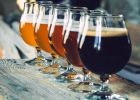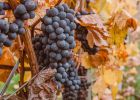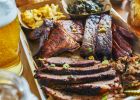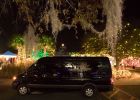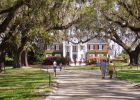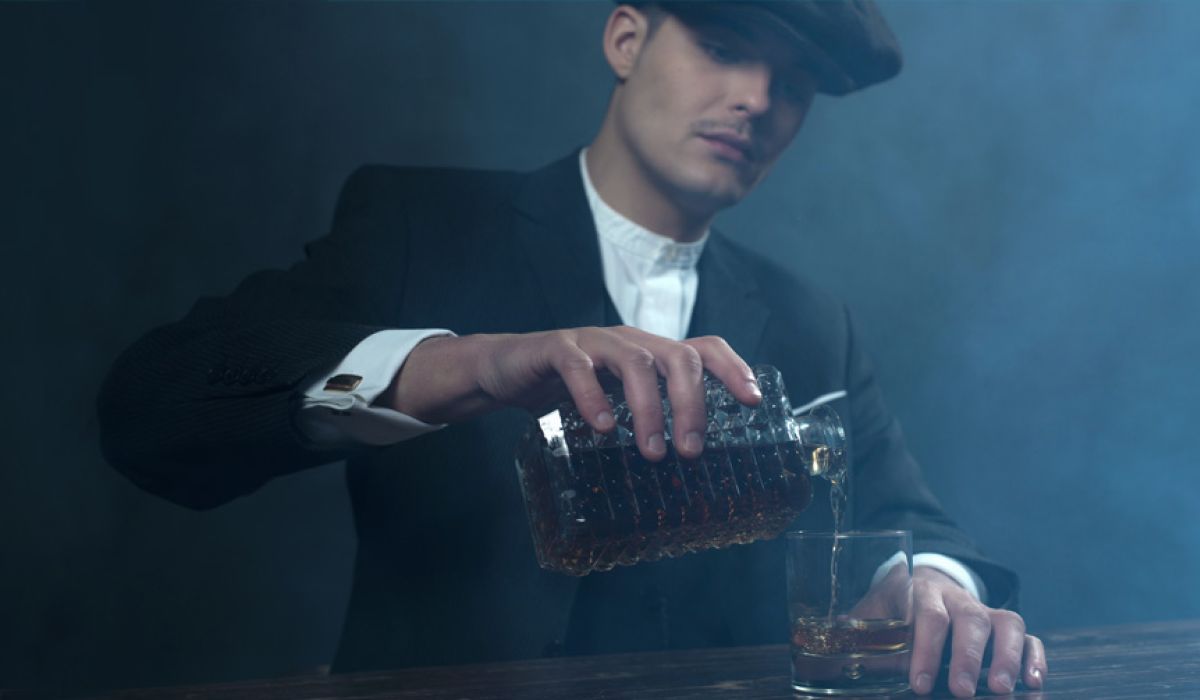
Charleston’s Spirited History: Alcohol Through the Ages
The history of Charleston’s drinking culture is a tapestry woven with threads of rum, a spirit that once reigned supreme in the city’s libation scene. Long before the days of bourbon, Charleston’s streets echoed with the vibrant spirit of rum, with its roots tracing back to the settlement’s colonial origins in 1670. As one of the primary spirits available during the settlement's establishment, rum not only permeated the local drinking scene but also left an indelible mark on Charleston’s culture, influencing everything from architectural styles to the vernacular Gullah language.
The Pre-Bourbon Era: Rum's Reign in Charleston
In Charleston’s formative years, rum was the lifeblood of the city's burgeoning drinking culture. When Charles Towne was established in 1670, reciprocal trade between the colony and the West Indies, notably Barbados, introduced rum as one of the most predominant spirits. The influence of Barbadian culture seeped into Charleston’s very essence, shaping architectural styles, like the iconic Charleston single house, and leaving linguistic imprints reflected in the Gullah language, believed by some sources to have traces of the island’s Bajan dialect.
“Rum was perhaps the most common spirit in early Charleston,” remarked historian Dr. Nic Butler. The widespread consumption extended beyond class barriers, with sailors, slaves, tradesmen, and the elite imbibing the sugarcane-derived libation. While affluent men favored French brandy and wines to exhibit status, rum remained the drink of the masses due to its accessibility compared to other spirits in British America.
Sugarcane's Influence and Barbadian Ties
The burgeoning trend of sugarcane cultivation worldwide did not escape the attention of English settlers in the West Indies. The success of sugarcane in Brazil led Barbados to experiment with the crop, resulting in prolific growth and the birth of rum, also known as rumbullion or “kill-divil.” However, the surge in rum production came at a devastating human cost—the harsh reality of enslaved African labor. By 1660, Barbados' African population soared to approximately 27,000, a staggering leap from less than 1,000 in just a decade, fueling the island’s expanding sugarcane industry.
Colonial Libations: Necessity and Innovation
In those nascent years, Charleston’s early settlers didn't craft cocktails for pleasure but out of necessity. Lack of awareness about germ theory led to untreated well water, a breeding ground for disease. Adding alcohol to water was a preventative measure, giving rise to the earliest iteration of rum punch. However unpalatable by today's standards, this punch of rum and water was devoid of ice, a luxury not yet introduced to Charleston.
Beer's Emergence in Colonial Charleston
By the mid-18th century, beer quietly made its mark in Charleston's drinking landscape. English settlers brought brewing traditions to Charles Towne, and by the late 17th century, beer served as a staple beverage alongside rum due to its safer consumption compared to untreated water. German immigrants notably influenced the beer scene, introducing brewing techniques that led to the emergence of local breweries crafting a variety of ales and lagers, appealing to diverse tastes. To learn more about the history of beer in Charleston, join one of our Brewery Tours.
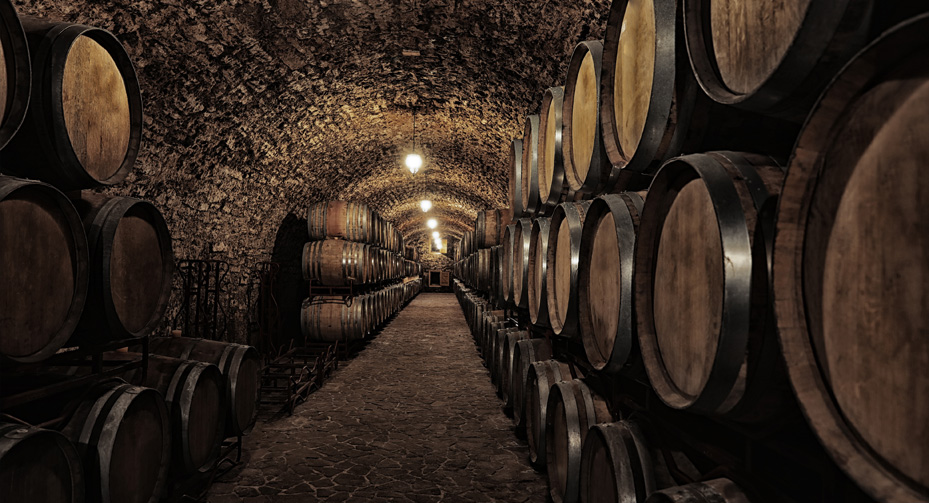
The Evolution of Wine Culture
In tandem with the rise of beer, wine culture slowly emerged in Charleston. The late 18th century witnessed the city's elite embracing wine as a symbol of refinement and sophistication, importing wines from regions like France and Spain. Wine became a part of social events, displayed at gatherings hosted by the upper class, further solidifying its status as a beverage of choice among Charleston’s well-to-do. To learn more about the evolution of wine in Charleston, join one of our Winery Tours.
The Ice Revolution and Mixology Innovation
The advent of ice in early nineteenth-century Charleston heralded a transformative era in the city’s drinking habits. The arrival of ice from the North in 1817 marked a pivotal moment. This steady supply of ice facilitated the crafting of tastier punches blended with tropical fruit juices, sparking a new wave of mixology. Charlestonians relished a continuous stream of Yankee ice, allowing for the creation of modern rum-based concoctions like Planter's Punch and Piña Coladas, enriching the city’s drinking culture.
Each phase of Charleston’s rum-laden history left an indelible mark on the city's cultural tapestry, shaping its architectural landscape, language, and even the evolution of libations. Today, Charleston’s vibrant drinking culture continues to pay homage to its spirited past, where historical influences meld seamlessly with contemporary mixology to create a diverse and dynamic libation scene.
Legacy of Rum and Charleston’s Ever-Evolving Drinking Scene
Charleston’s rum-laden past laid the foundation for a diverse and dynamic drinking culture that persists today. The historical imprints, from the prevalence of rum to the introduction of ice, shaped not just the city’s libations but its societal fabric and culinary heritage. To step back in time, travel to Charleston's oldest distillery, the Striped Pig.
Cocktail Renaissance and Modern Interpretations
The infusion of rum into Charleston's early libations was borne out of necessity, but it evolved into a rich tapestry of flavors and mixology techniques. As the city transitioned from colonial times to the cocktail renaissance, the art of mixology saw a revival, intertwining Charleston’s historical influences with contemporary innovation.
Crafting New Narratives
Charleston’s contemporary drinking scene pays homage to its spirited past through craft distilleries, bars, and mixologists who skillfully blend tradition with innovation. The city's vibrant cocktail culture showcases a plethora of libations, each telling a unique story that reverberates with the echoes of Charleston’s rum-rich heritage.
Beyond Rum: Diverse Libations and Culinary Fusion
While rum remains an integral part of Charleston’s drinking legacy, the city’s libation landscape extends far beyond, embracing a diverse array of spirits and flavors. From craft beers that honor tradition to vineyards producing exceptional wines, Charleston’s drinking culture mirrors the city’s multifaceted culinary landscape.
A Fusion of History and Modernity
Today, Charleston’s bars, distilleries, vinetards and breweries stand as testaments to the fusion of history and modernity. Wineries embrace Charelston's rich soils and climate. Breweries display Charelston's creativity and enginuity. Mixologists craft cocktails that celebrate the city’s rich past while embracing contemporary tastes, allowing patrons to experience a sip of Charleston’s storied history in every drink.
A Spirited Continuum
Charleston’s history with rum, from its colonial roots to its modern-day mixology, remains an intrinsic part of the city’s identity. The legacy of rum continues to evolve, intertwining with contemporary libations to create an ever-expanding palette of flavors that reflect Charleston’s vibrant and dynamic drinking culture.
The city's libation scene is a testament to the enduring legacy of rum and how it has woven itself into Charleston’s past, present, and undoubtedly, its spirited future. As Charlestonians raise their glasses to toast, they raise a collective cheer to the spirited continuum that defines their city’s drinking culture.





